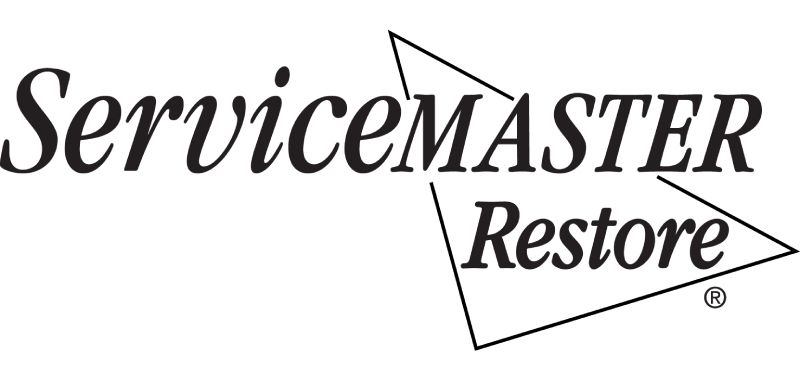According to the Federal Emergency Management Agency (FEMA), nearly 40% of businesses will not reopen after being affected by a disaster. And for those that do choose to carry on, 25% are forced to close their doors within a year of the disaster.
These are rather bleak statistics – but there’s plenty you can do before and after a disaster strikes to keep your business up and running despite challenges. From creating a disaster recovery plan to minimizing business disruption, businesses can increase their odds of survival by having a clear roadmap
Thankfully, the disaster restoration experts at ServiceMaster Restoration Services By Ideal Group are by your side when a disaster strikes. To help you understand how to best reopen your business, use the following tips to get your business back on its feet ASAP after disaster strikes.
Create a Detailed Disaster Recovery Plan
To increase the odds of your business surviving a natural disaster, it’s important to have a detailed disaster recovery plan in place. Write down a list of immediate solutions and long-term solutions that you will implement in the aftermath of a natural disaster. This includes:
- Which disasters are likely to impact your business
- Evacuation locations for employees
- Reliable line(s) of communication to stay in contact with all staff members
- A list of emergency contact information for every employee
- Plans to protect and/or access vital business records and information
- If there will be an off-site location from which employees need to work until doors reopen
- Safe options for facility evacuation
- A list of employees that will be in charge during the disaster
- Contact information for the business’s insurance company, financial institutions, and a reputable disaster restoration company (such as the disaster restoration experts at ServiceMaster Restoration Services By Ideal Group)
Creating a disaster recovery plan can be difficult. For an easy-to-follow template, FEMA’s business continuity and disaster preparedness plan offer a simple guide to fill in your company’s information. Once you have developed a plan, be sure to review the plan with your employees.
Ensure All Available Lines Of Communication Are Open
After a disaster has struck, those involved with your business are going to want to touch base to know important details, such as when they can return to work or when the facility will be open again to the public.
As soon as you can, keep your customers and staff informed about what’s happening with your business. This can include updating your company website, posting on social media, or reaching other media outlets to reach the largest audience possible.
Of course, reach out to your team and work with them to make scheduling changes if necessary to ensure that everyone can get back to normal as soon as possible. Provide an estimate of when you’ll be able to reopen for business so you can retain your employees and preserve their quality of life. And, if excessive damage to your business facility forces you to temporarily relocate, make sure to let others know how to find you.
Get Your Building Inspected
A building inspection is normally reserved for the buying and selling process, but having your building inspected for hazards is a wise decision before disaster strikes. A building inspection can help you consider potential risk factors, such as floods, hurricanes, earthquakes, and tornados. Some of the items to have inspected include:
- The building(s) itself
- Business equipment
- Associated technology and data systems that power outages may impact
- Business emergency equipment (including backup generators and exit lighting)
- Fire damage suppression and detection systems (including smoke alarms, sprinklers, fire extinguishers)
Secure Your Data and Backups
Most important company information is stored digitally. This means that securing your data and having offsite data backup is a must. Cloud storage is a great solution for this purpose to preserve business continuity in the event of a disaster.
In addition to customer data and business records, you’ll also want to have the ability to access insurance documents, payroll information, and tax forms immediately after the disaster.
Understand Your Insurance Coverage
Meet with your insurance agent and review your business coverage before a disaster occurs to understand your policy. This includes what’s included/excluded from your policy, policy limits, and which additional coverage may be needed.
Train Your Employees for Worst-Case Scenarios
Provide employee training for all worst-case scenarios before a disaster occurs. This helps prevent unnecessary accidents, a faster response time, and can potentially minimize damages to your business. Some of the items in employee disaster training should include:
- Building escape plans
- Disaster preparedness protocols
- Hazardous materials information
- Locations of fire extinguishers and first aid kits
- Safety equipment (including hand sanitizer, gloves, masks, flashlights, batteries, and phone chargers)
- Basic CPR and first aid training
We Can Get You Back in Business
By hiring ServiceMaster Restoration Services By Ideal Group when disaster strikes, your business greatly increases the chance of recovering from damages in the shortest time frame possible. We understand just how important it is for you and your staff to have your business restored as quickly and cost-effectively as possible.
Our disaster recovery experts offer priority response agreements where your business can benefit from:
- Priority response
- 24/7/365 onsite within 2-4 hours as conditions allow
- Redundant solutions when a regional or CAT event occurs
- Pro-active response
- Pre-agreed pricing
- Dedicated account manager
If the unexpected does happen, remember that you’re not alone. Contact our disaster restoration experts today to learn more.

